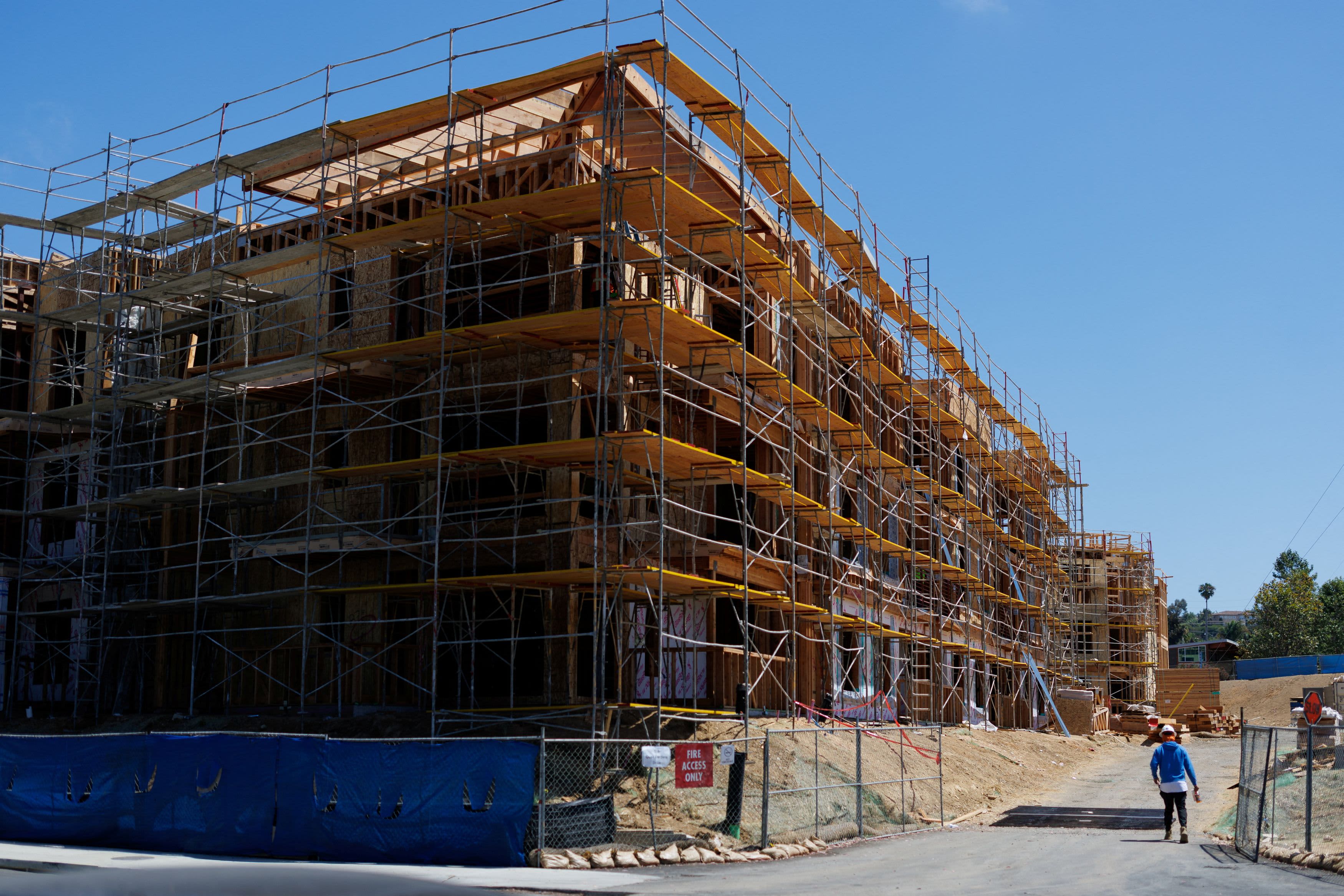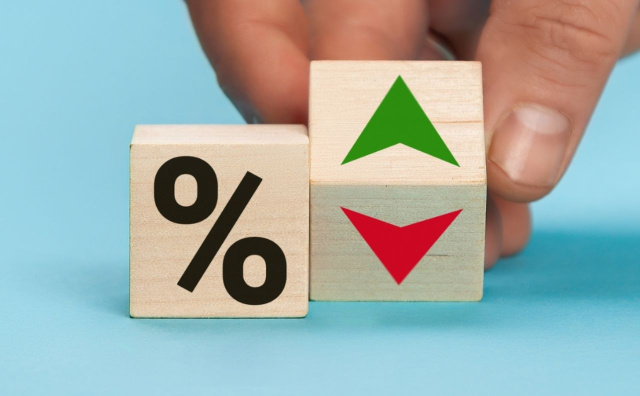By Jeff Cox
Copyright cnbc

While the Fed is not bound by the market, it closely monitors rate expectations as part of its data dashboard.
“The U.S. economy barely has any jobs right now and it’s been that way for a long time,” said Heather Long, now the chief economist at Navy Federal Credit Union and prior to that a Fed reporter for the Washington Post. “The Federal Reserve needs to cut interest rates in September, October and December, and the White House needs to quickly finalize a trade deal with China. Businesses aren’t going to invest and hire more people again until there is more certainty.”
To be sure, Fed officials may feel they can be deliberate in their actions as the economic data are still muddy and subject to the changing winds from Trump’s tariffs.
Moreover, there’s a chance that current data overstate the labor market’s troubles.
For instance, Goldman Sachs disputed the benchmark payroll revisions, saying the total reduction based on the firm’s proprietary model and high-frequency data is more like 550,000, or a bit lower than the year before. The firm further said that the BLS revisions “provide limited information about the current state of the labor market” thought it acknowledged that conditions have “softened materially.”
However, the report follows news that nonfarm payrolls rose just 22,000 in August. Moreover, a New York Fed survey found a record low in sentiment among workers who believe they could find another job if they lost their current position. Other surveys also have showed heightened worries.
From the White House, the data reignited calls for rate cuts.
“Much like the BLS has failed the American people, so has Jerome ‘Too Late’ Powell — who has officially run out of excuses and must cut the rates now,” White House press secretary Karoline Leavitt said in a statement.



